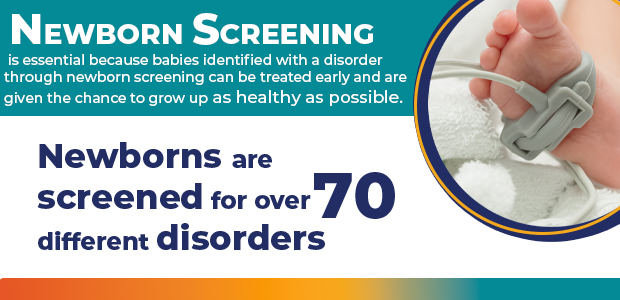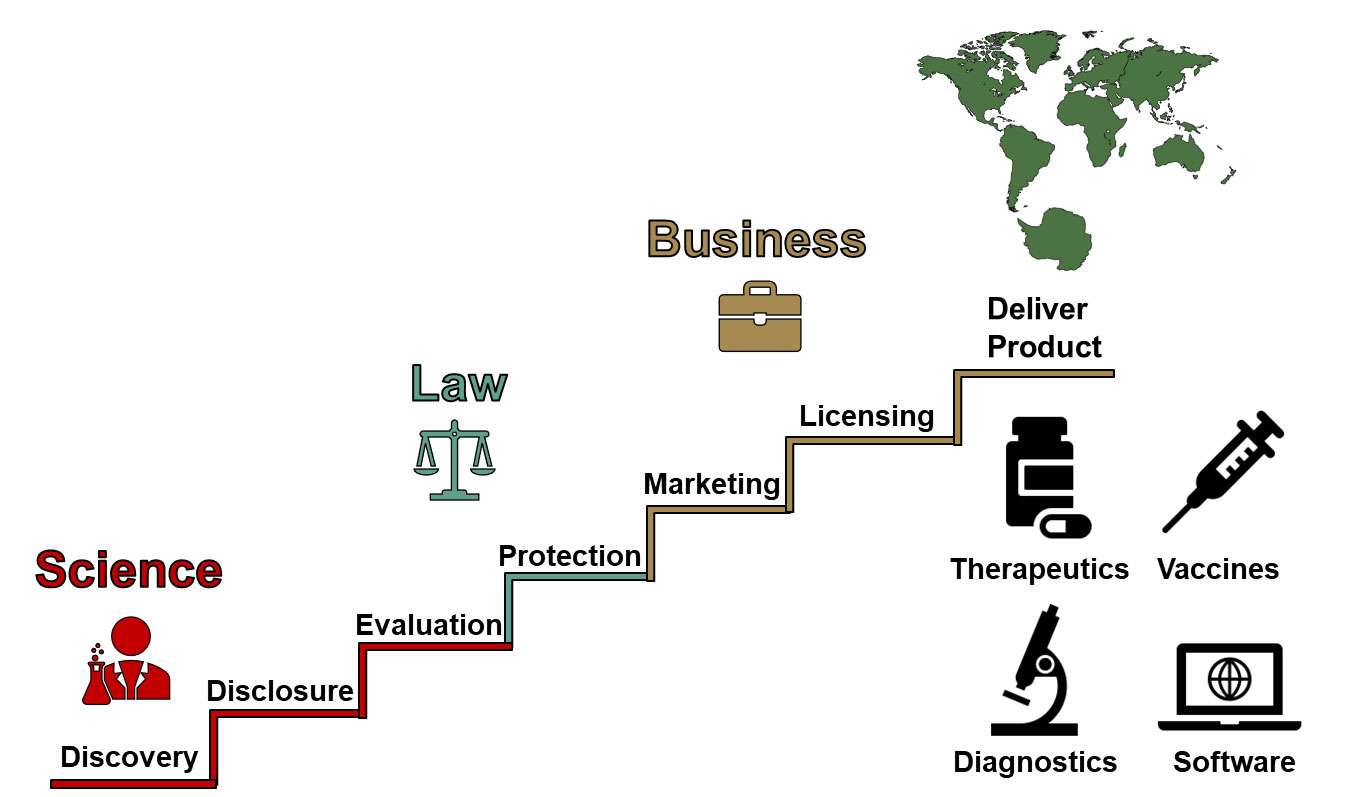Global Supply Chain Management BPO Market Report with Emphasis on Sustainable Development Goals (SDGs)
Introduction
The global Supply Chain Management Business Process Outsourcing (BPO) market is experiencing significant growth, driven by the increasing demand for operational efficiency, cost reduction, and innovation in supply chain operations. This growth aligns closely with several Sustainable Development Goals (SDGs), including SDG 8 (Decent Work and Economic Growth), SDG 9 (Industry, Innovation and Infrastructure), and SDG 12 (Responsible Consumption and Production).
Market Overview and Growth Projections
According to Persistence Market Research, the Supply Chain Management BPO market is projected to grow at a compound annual growth rate (CAGR) of 8.6%, expanding from a valuation of US$ 32.5 billion in 2025 to US$ 58 billion by 2032. This growth reflects the increasing adoption of digital transformation and sustainable business practices in supply chain management.
Key Growth Drivers Linked to SDGs
- Technological Advancements (SDG 9): Adoption of cloud-based technologies, artificial intelligence (AI), and real-time data analytics is enhancing operational efficiency and innovation in supply chains.
- Operational Efficiency (SDG 8): Outsourcing enables companies to focus on core competencies while reducing operational costs and risks, promoting sustainable economic growth.
- Cost Reduction and Scalability (SDG 12): Flexible and scalable supply chain solutions support responsible consumption and production by optimizing resource use.
- Customer Expectations and Faster Delivery (SDG 9 & 12): Enhanced logistics and procurement services meet evolving customer demands while reducing environmental impact.
Market Segmentation
Service Type
- Procurement Outsourcing: Includes supplier management, strategic sourcing, and contract management, contributing to efficient resource use (SDG 12).
- Logistics Outsourcing: Covers transportation, warehousing, and inventory management, supporting sustainable infrastructure development (SDG 9).
- Customer Service Outsourcing: Focuses on order tracking, returns management, and customer feedback, enhancing customer satisfaction and responsible consumption (SDG 12).
End-User Industry
- Manufacturing: Leading sector in outsourcing supply chain management, promoting industrial innovation and infrastructure (SDG 9).
- Retail & E-commerce: Increasing reliance on BPO services to handle fast delivery and inventory management, supporting sustainable consumption (SDG 12).
- Automotive & Aerospace: Requires specialized supply chain services to ensure timely sourcing and delivery, fostering innovation (SDG 9).
Regional Insights
North America
North America leads the market due to advanced technological infrastructure and high outsourcing adoption rates. The United States is a key contributor, investing in AI, automation, and IoT technologies that align with SDG 9 by fostering innovation and sustainable industrialization.
Asia-Pacific
The Asia-Pacific region is projected to experience rapid growth driven by expanding manufacturing hubs in China, India, and Southeast Asia. Growth in e-commerce and logistics supports SDG 8 and SDG 12 by promoting economic growth and responsible production.
Market Drivers and Challenges
Drivers
- Technological Innovation: Cloud computing, AI, and analytics enable real-time decision-making and predictive capabilities, advancing SDG 9.
- Operational Efficiency: Outsourcing improves focus on core business activities, reducing costs and enhancing productivity (SDG 8).
- Global Trade Expansion: Increasing international commerce requires complex logistics solutions, supporting sustainable economic growth (SDG 8).
Challenges
- Data Security Concerns: Risks related to data breaches pose challenges to maintaining confidentiality and trust.
- Dependence on Third-Party Providers: Potential issues with control, quality, and service delays may impact customer satisfaction.
Opportunities Aligned with SDGs
- Emerging Markets: Urbanization and industrialization in Latin America, Africa, and Southeast Asia offer growth opportunities, supporting SDG 8 and SDG 9.
- Sustainability Focus: Increasing demand for green logistics and supply chain solutions aligns with SDG 12 and SDG 13 (Climate Action), promoting reduced carbon footprints and environmental responsibility.
Competitive Landscape and Key Players
- Genpact
- Cognizant
- Xerox Corporation
- IBM Corporation
Recent developments include Genpact’s launch of an innovative logistics BPO solution aimed at optimizing transportation networks, further supporting sustainable supply chain practices.
Conclusion
The Supply Chain Management BPO market demonstrates robust growth potential driven by technological innovation, operational efficiency, and sustainability initiatives. The market’s evolution supports multiple Sustainable Development Goals by fostering economic growth, industrial innovation, and responsible consumption and production. Businesses and stakeholders are encouraged to leverage these insights to align their strategies with global sustainability objectives.
Contact Information
Persistence Market Research
G04 Golden Mile House, Clayponds Lane
Brentford, London, TW8 0GU UK
USA Phone: +1 646-878-6329
UK Phone: +44 203-837-5656
Email: sales@persistencemarketresearch.com
Web: https://www.persistencemarketresearch.com
1. Sustainable Development Goals (SDGs) Addressed or Connected to the Issues Highlighted in the Article
- SDG 8: Decent Work and Economic Growth
- The article discusses the growth of the Supply Chain Management BPO market, which contributes to economic growth through job creation, operational efficiency, and business expansion.
- SDG 9: Industry, Innovation, and Infrastructure
- The emphasis on technological advancements such as cloud-based solutions, artificial intelligence (AI), and automation aligns with fostering innovation and building resilient infrastructure.
- SDG 12: Responsible Consumption and Production
- The article mentions sustainability focus and green practices in supply chain logistics, which relate to sustainable consumption and production patterns.
- SDG 13: Climate Action
- The pressure on supply chain BPO providers to reduce carbon footprints and implement sustainable logistics solutions connects to climate action efforts.
- SDG 17: Partnerships for the Goals
- The outsourcing and collaboration between companies and third-party providers reflect partnerships that can drive sustainable development.
2. Specific Targets Under Those SDGs Identified Based on the Article’s Content
- SDG 8: Decent Work and Economic Growth
- Target 8.2: Achieve higher levels of economic productivity through diversification, technological upgrading, and innovation.
- Target 8.3: Promote development-oriented policies that support productive activities and decent job creation.
- SDG 9: Industry, Innovation, and Infrastructure
- Target 9.4: Upgrade infrastructure and retrofit industries to make them sustainable, with increased resource-use efficiency and greater adoption of clean and environmentally sound technologies.
- Target 9.5: Enhance scientific research and upgrade the technological capabilities of industrial sectors.
- SDG 12: Responsible Consumption and Production
- Target 12.2: Achieve sustainable management and efficient use of natural resources.
- Target 12.6: Encourage companies to adopt sustainable practices and integrate sustainability information into their reporting cycle.
- SDG 13: Climate Action
- Target 13.2: Integrate climate change measures into policies, strategies, and planning.
- SDG 17: Partnerships for the Goals
- Target 17.16: Enhance the global partnership for sustainable development, complemented by multi-stakeholder partnerships.
3. Indicators Mentioned or Implied in the Article to Measure Progress Towards the Identified Targets
- Economic Growth and Productivity Indicators (SDG 8)
- Growth rate of the Supply Chain Management BPO market (CAGR of 8.6% from 2025 to 2032).
- Market valuation increase from US$ 32.5 billion to US$ 58 billion.
- Number of jobs created or supported in the BPO sector (implied through market growth and outsourcing expansion).
- Innovation and Infrastructure Indicators (SDG 9)
- Adoption rates of cloud-based technologies, AI, and automation in supply chain operations.
- Investment levels in technological infrastructure within supply chain management.
- Sustainable Consumption and Production Indicators (SDG 12)
- Implementation of sustainable logistics and supply chain solutions (implied through sustainability focus).
- Reduction in carbon footprint and environmental impact of supply chain operations.
- Climate Action Indicators (SDG 13)
- Extent of integration of green practices in supply chain BPO services.
- Measurement of carbon emissions reductions in outsourced logistics and procurement.
- Partnerships Indicators (SDG 17)
- Number and effectiveness of partnerships between companies and third-party BPO providers.
- Collaboration metrics in technology adoption and sustainable practices.
4. Table: SDGs, Targets and Indicators
| SDGs | Targets | Indicators |
|---|---|---|
| SDG 8: Decent Work and Economic Growth |
|
|
| SDG 9: Industry, Innovation, and Infrastructure |
|
|
| SDG 12: Responsible Consumption and Production |
|
|
| SDG 13: Climate Action |
|
|
| SDG 17: Partnerships for the Goals |
|
|
Source: openpr.com







